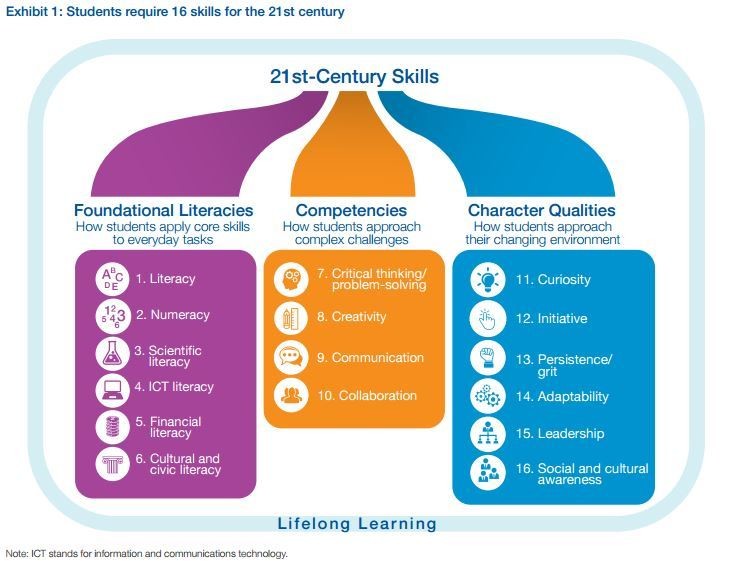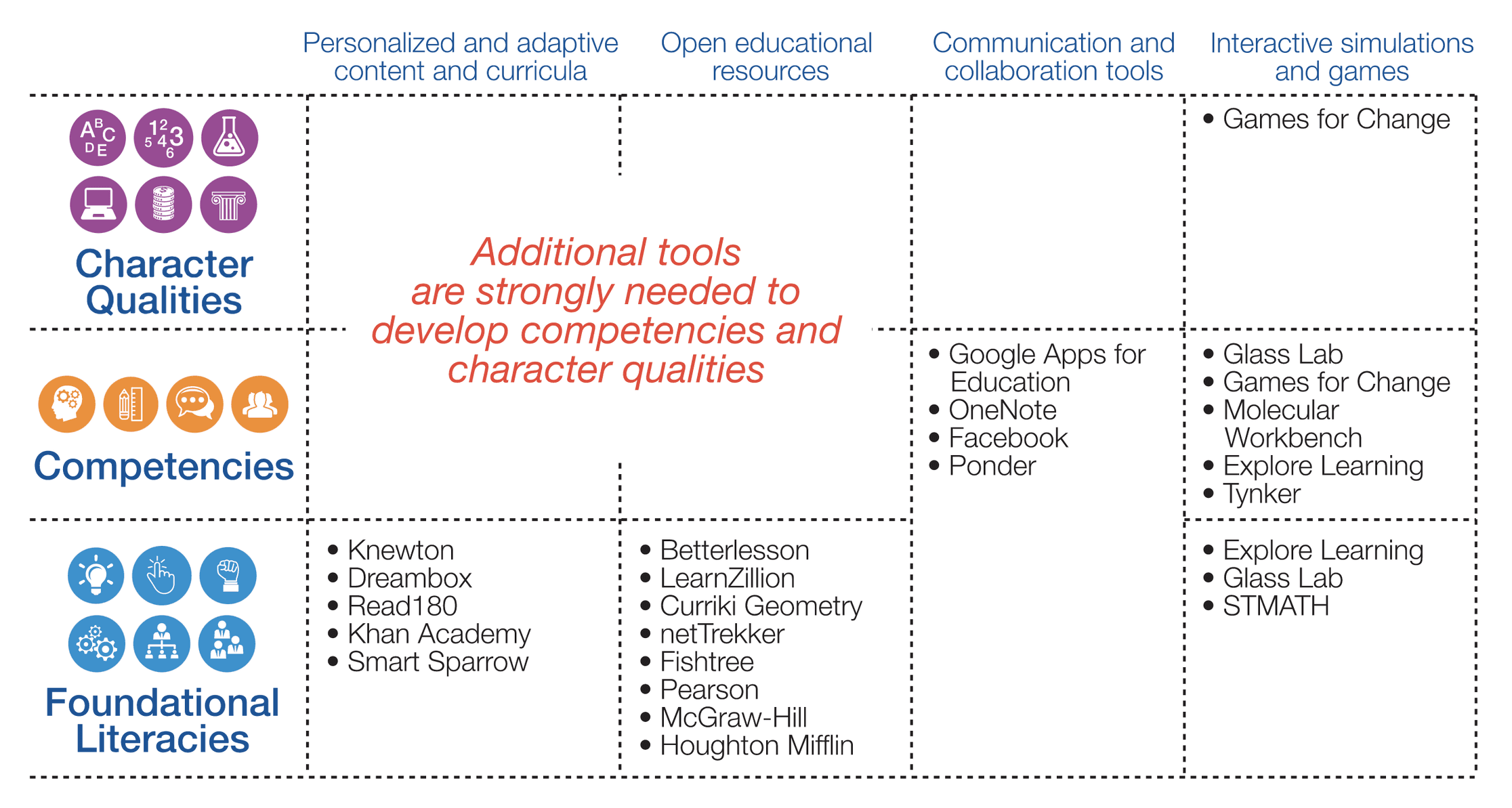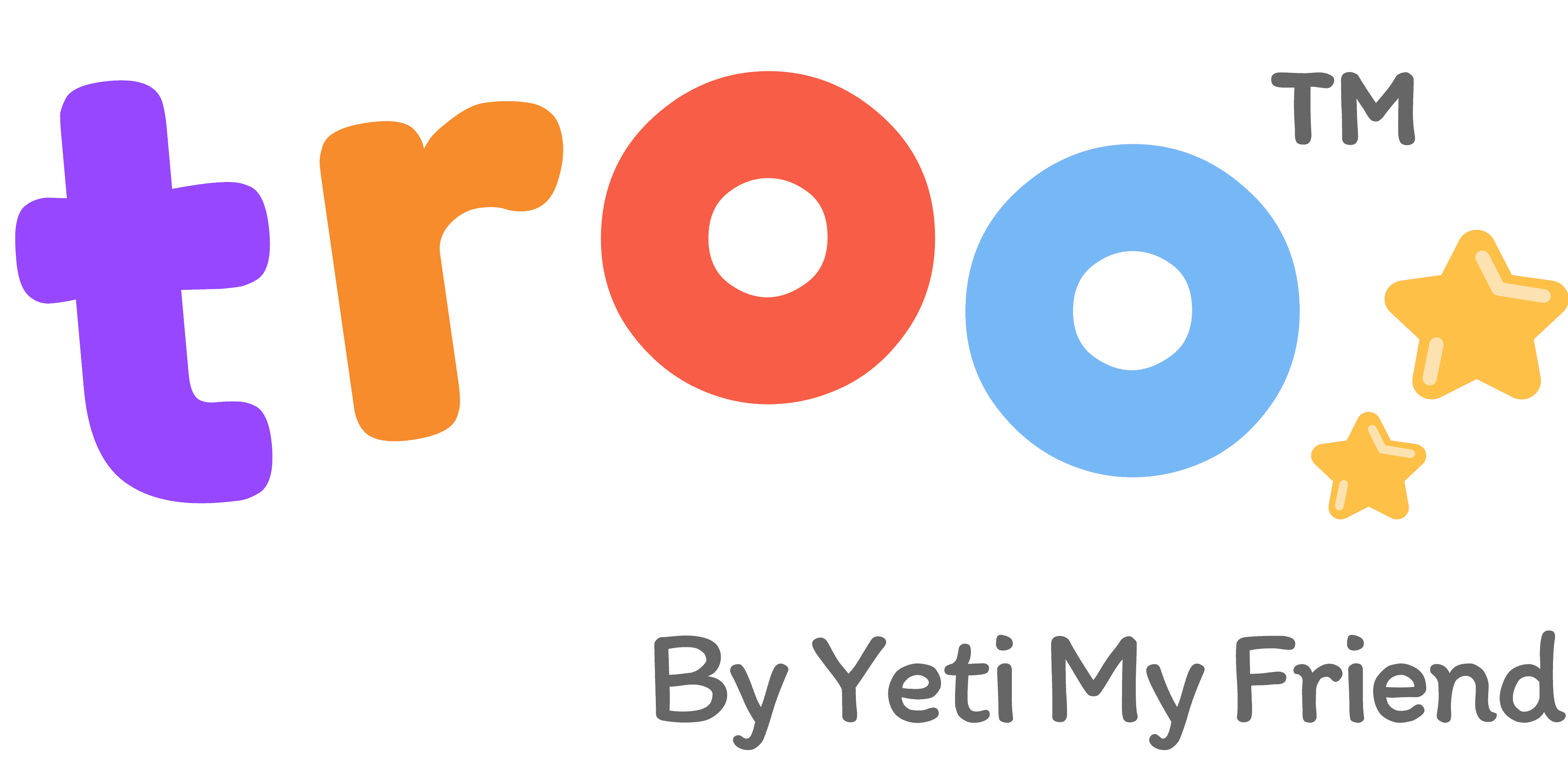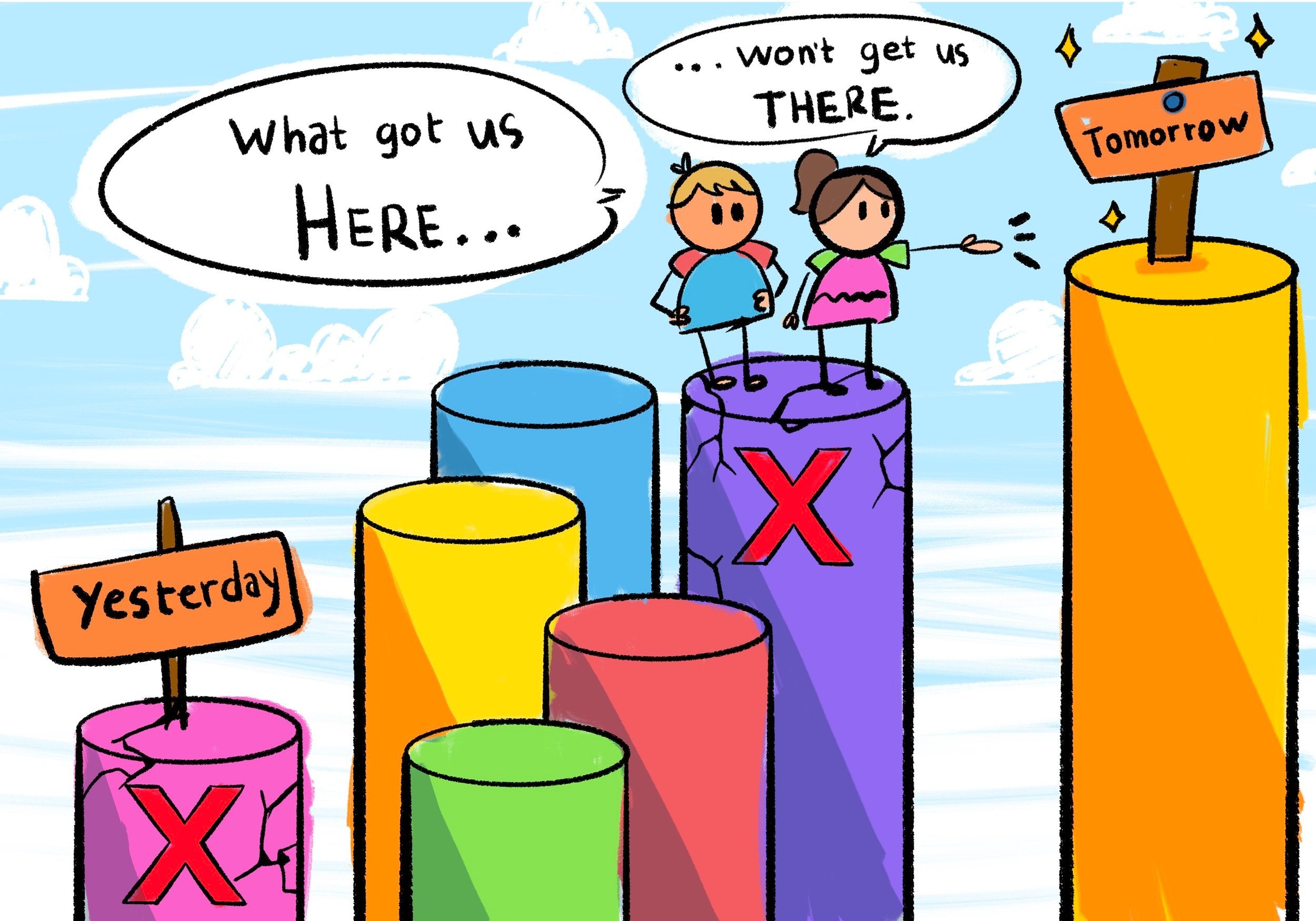Parenting
What got us here, won’t get us there
Sudha Shankar
•
Mar 11, 2023
In an era of rapid change, with unprecedented technological advancements, globalization and shift in societal norms, we see a massive transformation in the job market. According to WEF, over 100+ countries have revealed large skill gaps and worldwide, over 5.1 million jobs were lost due to skill gaps in 2015-2020. Further, there is also a prediction that 65% of the children in elementary schools currently, will take up jobs that don’t exist today.
How did we get here?
The education curriculum has continued its focus on proficiency in the core literacy areas for decades and is lagging in its focus on some of the important skills required for the next generation. Core literacy aka Foundational literacy is just one of the 3-pillars of the important skills, needed for the 21st century and beyond. There are important competencies and character qualities outlined by WEF that need to be brought to the learners as part of the curriculum.

(Source: New Vision for Education: Fostering Social and Emotional Learning through Technology, World Economic Forum)
3-pillars of Education | Foundational Literacies, Competencies and Character Qualities
So, how can we get there?
The current landscape shows a huge gap in the market and there is an urgent need for technology solutions that provide support with the competencies and character qualities outlined by WEF. While there are a few social emotional learning solutions that are focussed on a narrow-segment of these competencies, there is still a huge gap (“an unaddressed need”) and therefore an opportunity to bring innovative technology products to address these important skills.
Most educational technologies are focused on developing foundational literacies.

Education and curriculum needs to quickly adapt to support the learners with a renewed focus on 21st century skills. Education technology has the potential to play a pivotal role in accelerating the expansion of the learning experience through building these "skills for the future" in learners, at scale.
Here are some of the meaningful ways in which technology can be leveraged for this need:
Create a gamified learning experience that promotes the development of character qualities and competencies. These platforms can incorporate elements like challenges, rewards, and progress tracking, making the learning process engaging and enjoyable.
Personalize the learning experience, by adapting content and activities to individual learners' needs and preferences. This approach allows learners to develop character qualities and competencies at their own pace and in ways that resonate with them personally.
Provide realistic scenarios and contextualized learning to help navigate “real” challenges and develop empathy by experiencing situations from different perspectives.
Offers tools for collaboration and communication that enable learners to work together on projects, engage in discussions, and receive feedback. These tools can foster teamwork, communication skills, and other character qualities associated with effective collaboration.
Collect and analyze data on learners' progress, providing valuable insights and feedback on their development of character qualities and competencies to parents and teachers. This feedback loop helps learners track their growth, identify areas for improvement, and make informed adjustments to their learning strategies.
Provide access to vast online resources and communities where learners can explore diverse perspectives, engage in discussions, and learn from experts in specific fields. These resources and communities contribute to the development of critical thinking, global awareness, and other competencies outlined by the WEF.
Meaningfully leveraging technology can enhance, as well as help learners accelerate the acquisition and application of character qualities and competencies for the challenges and opportunities of the future.

